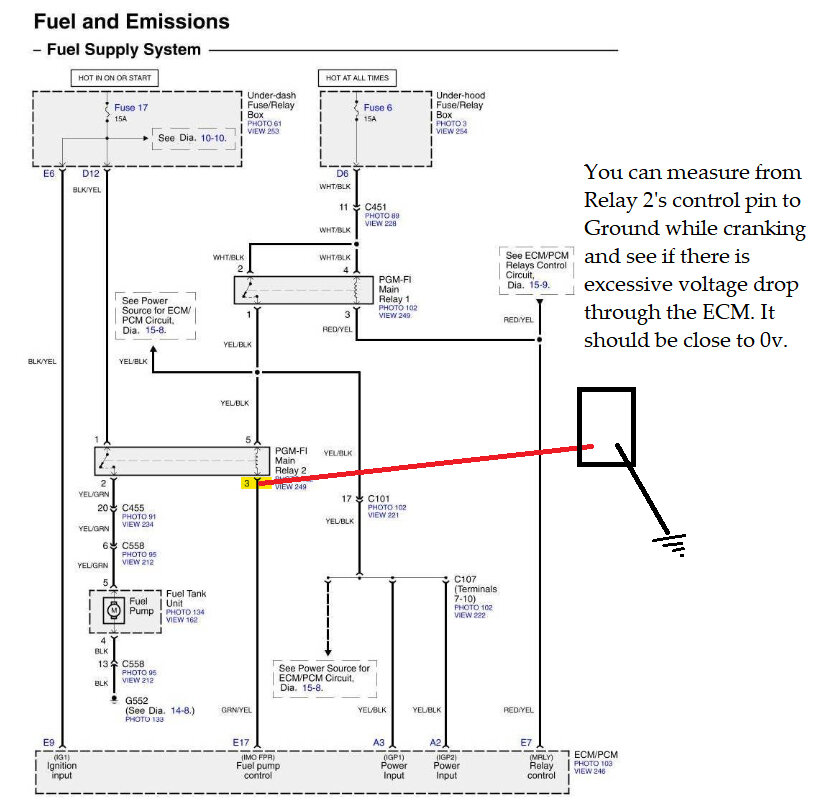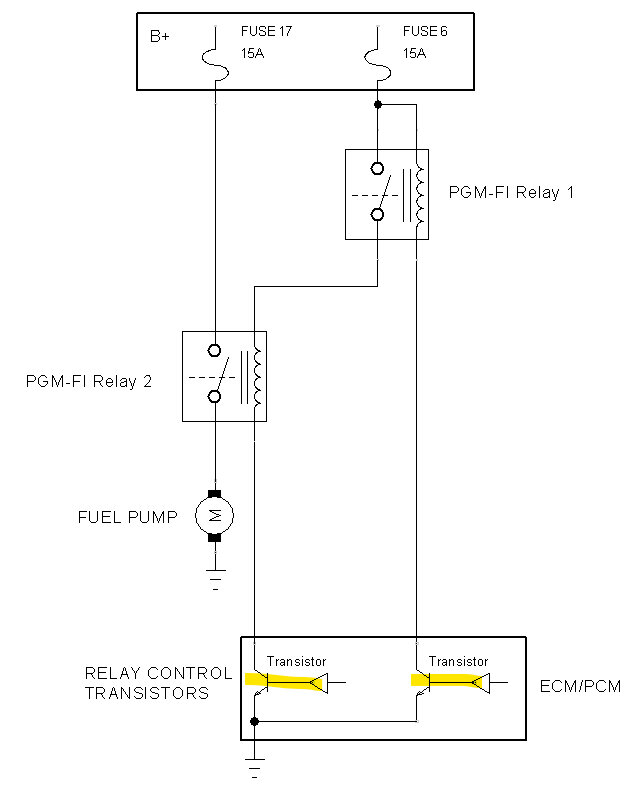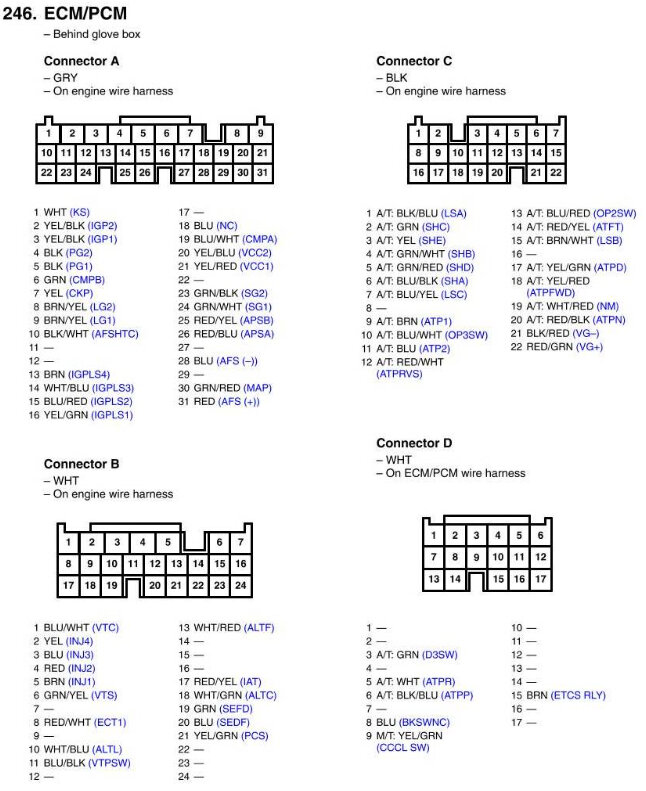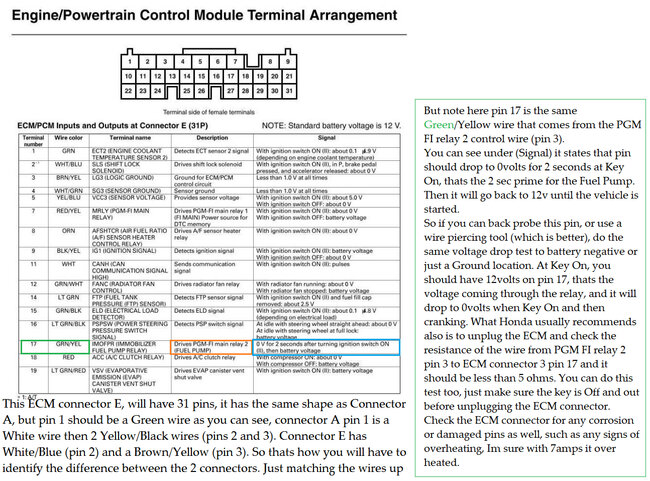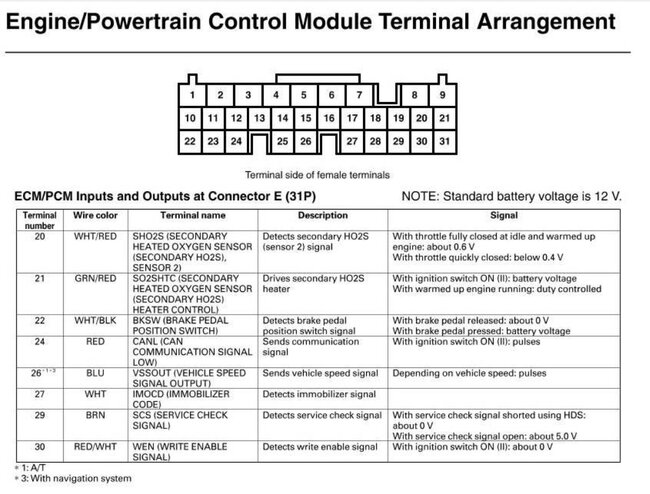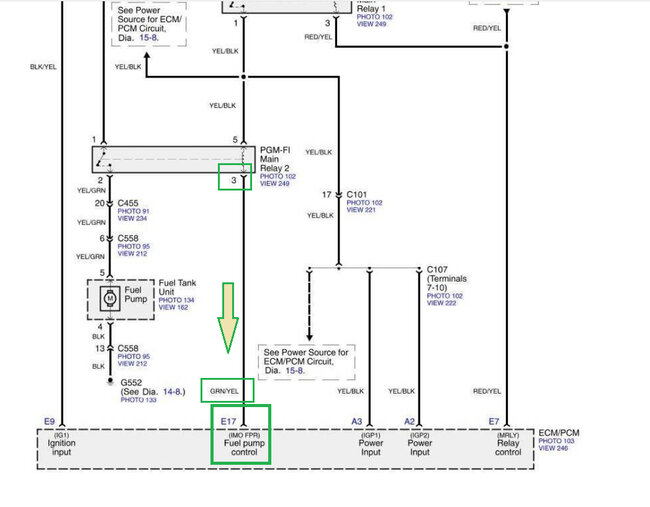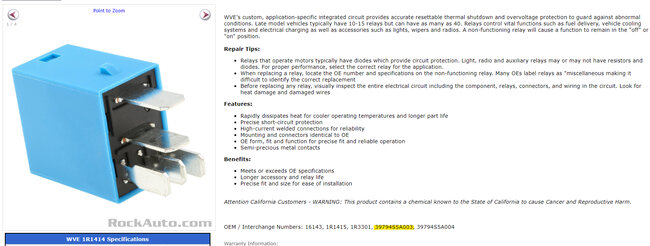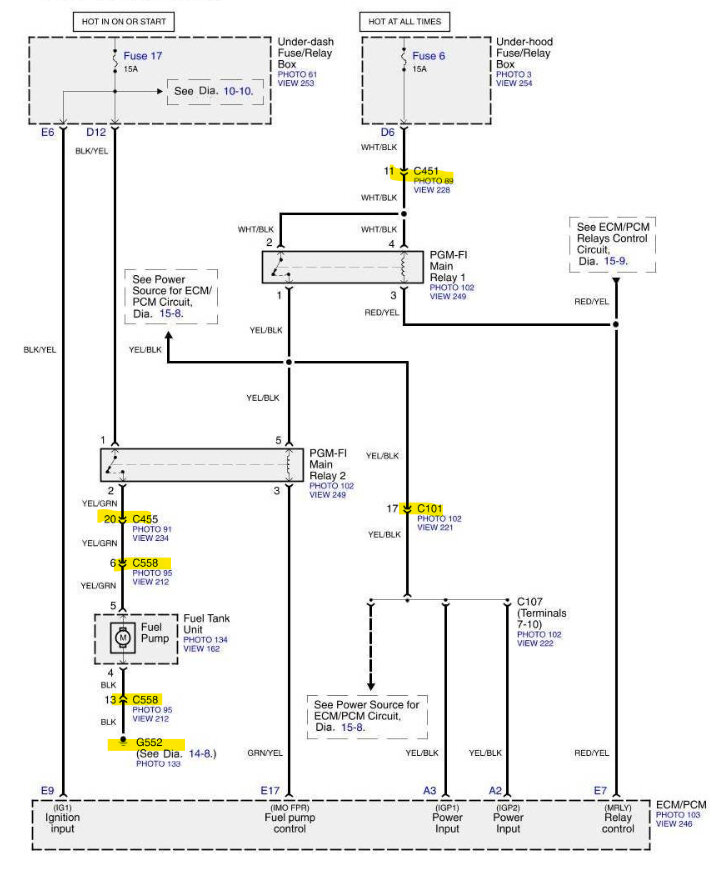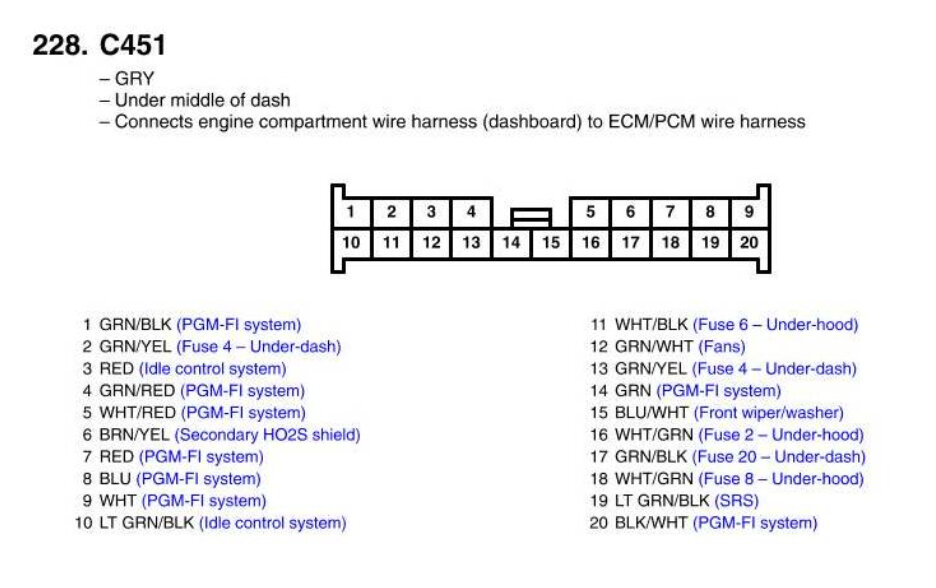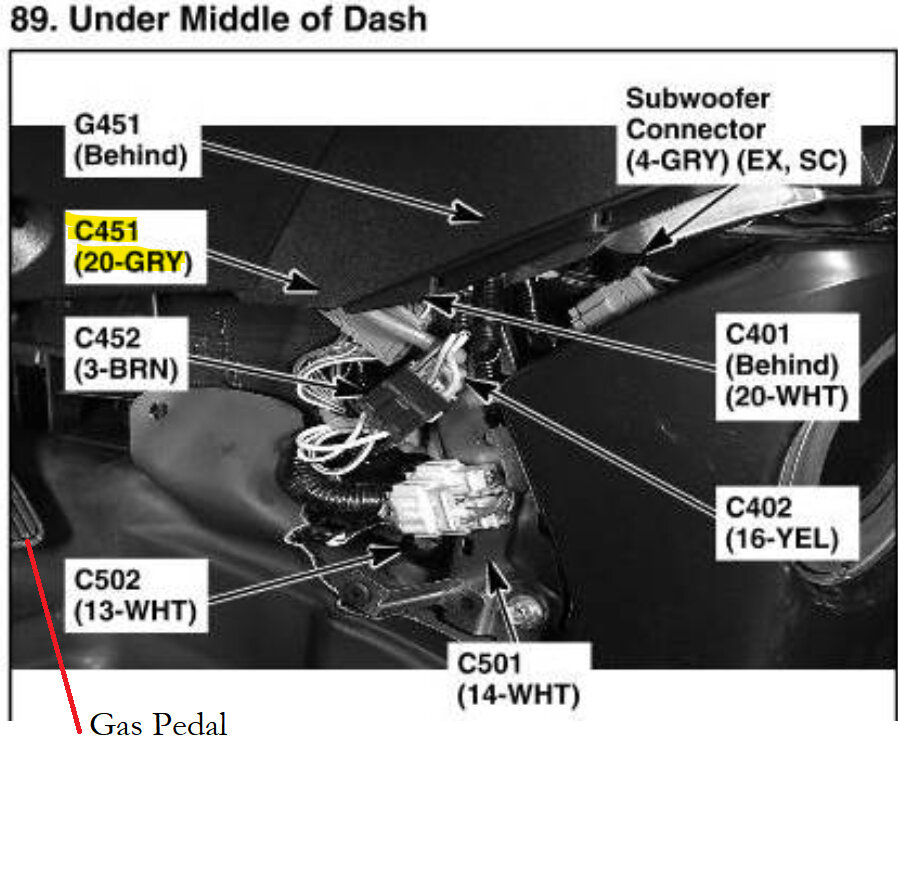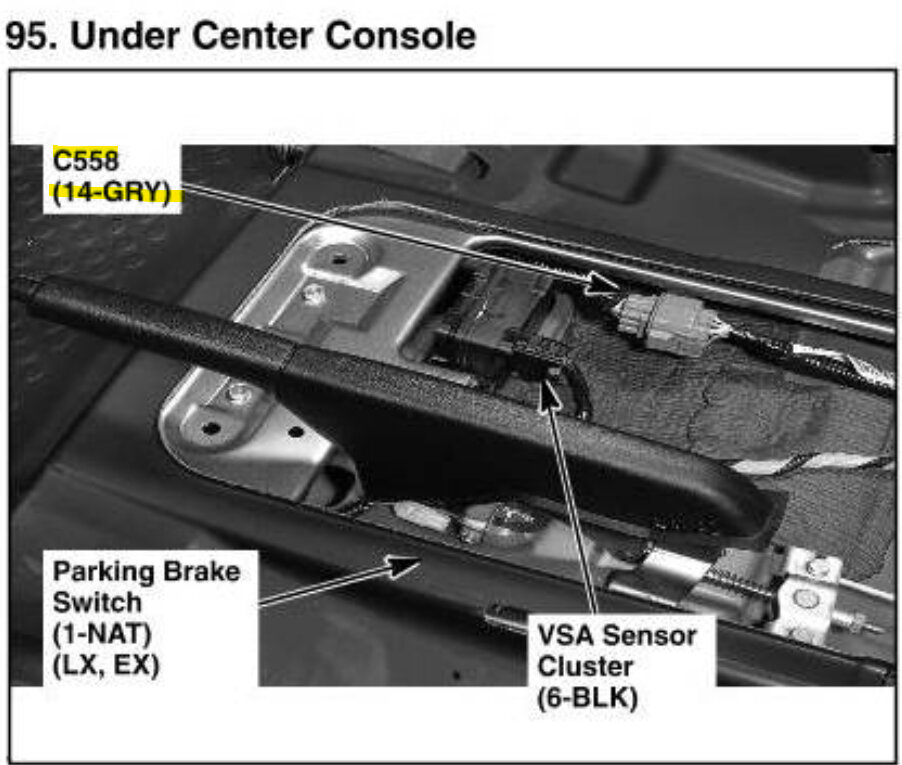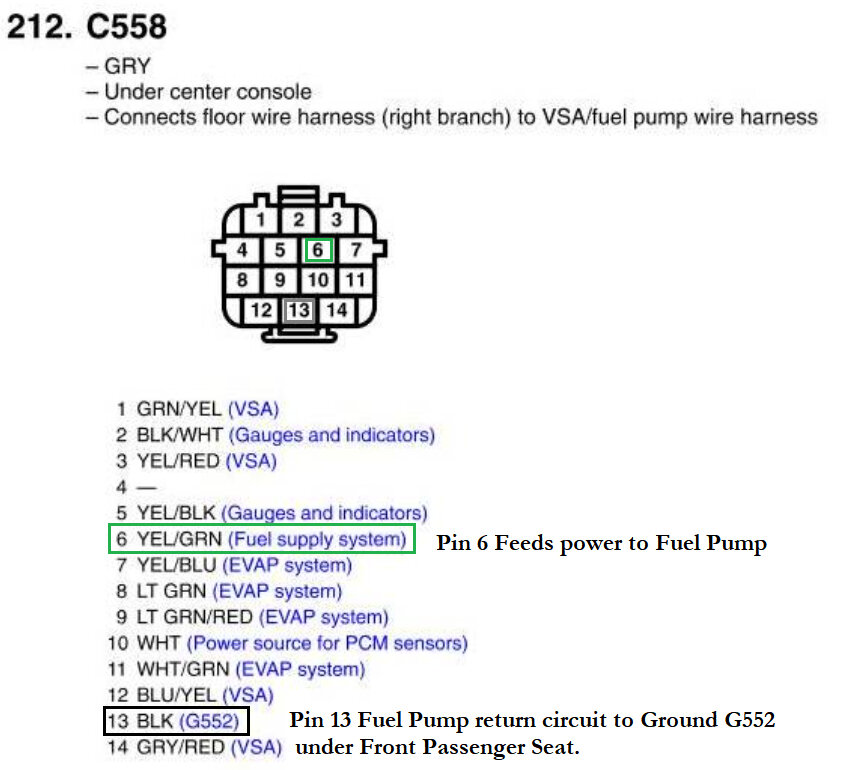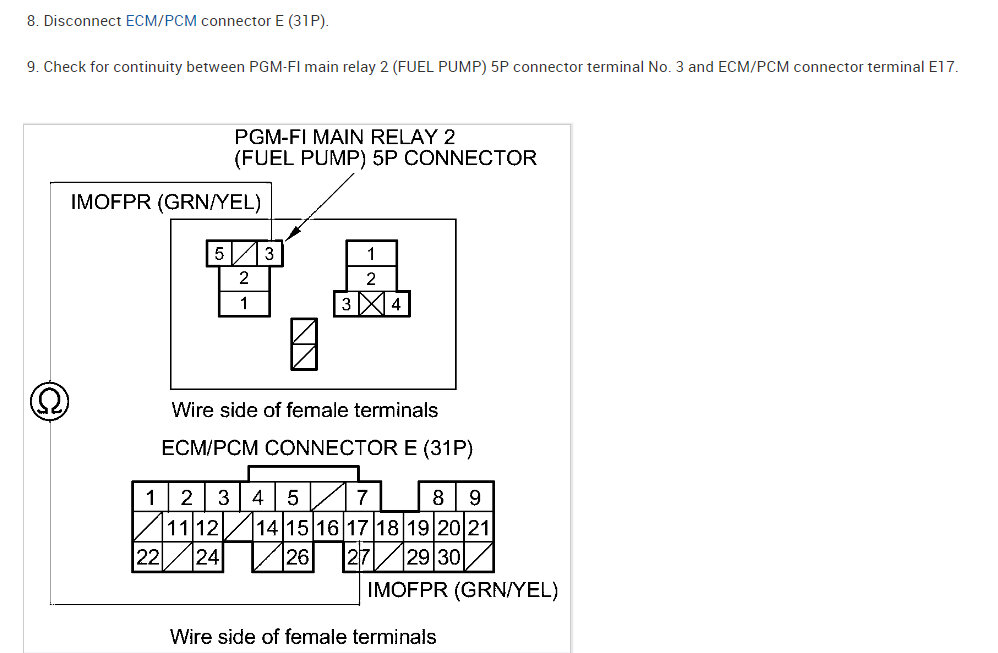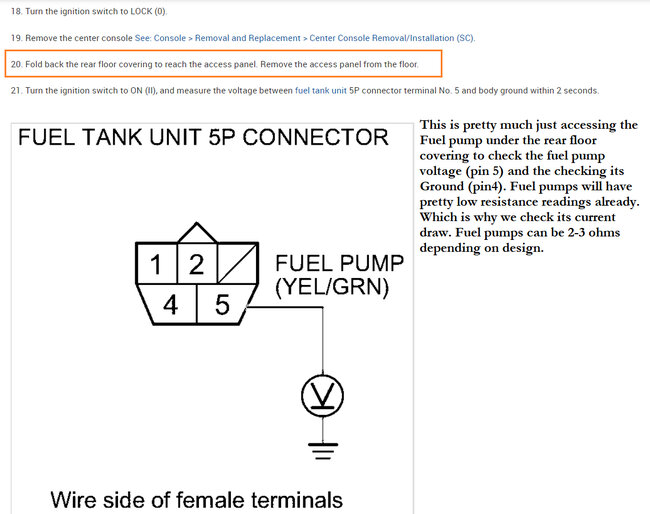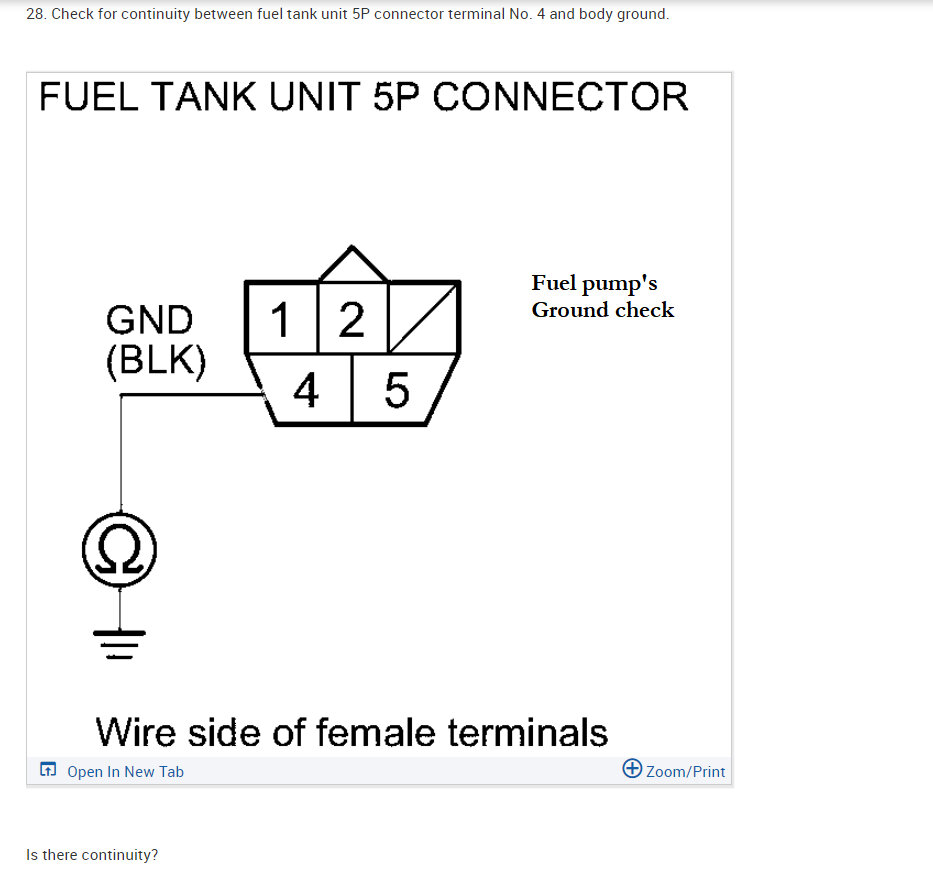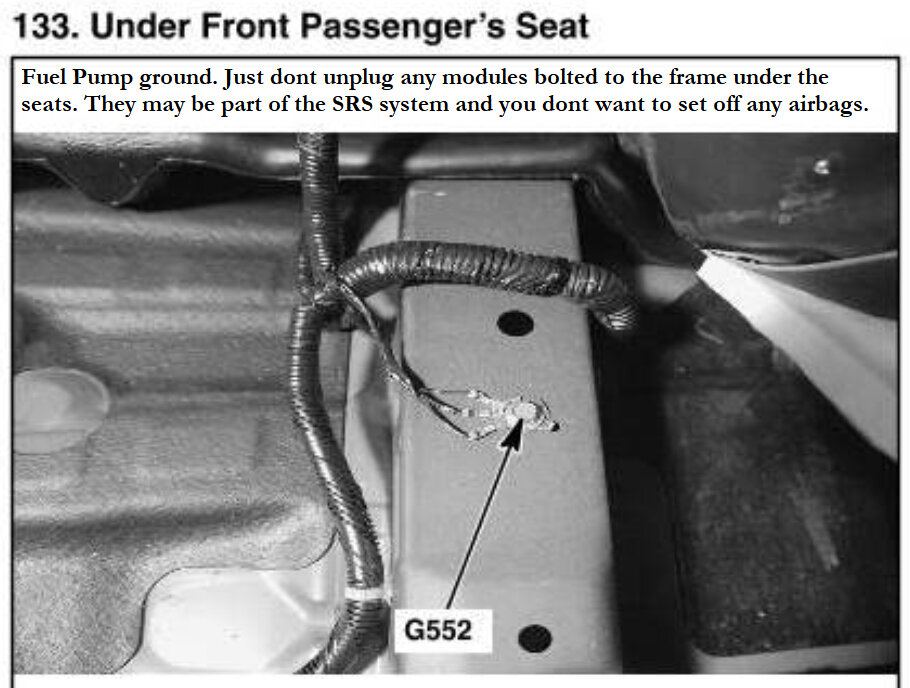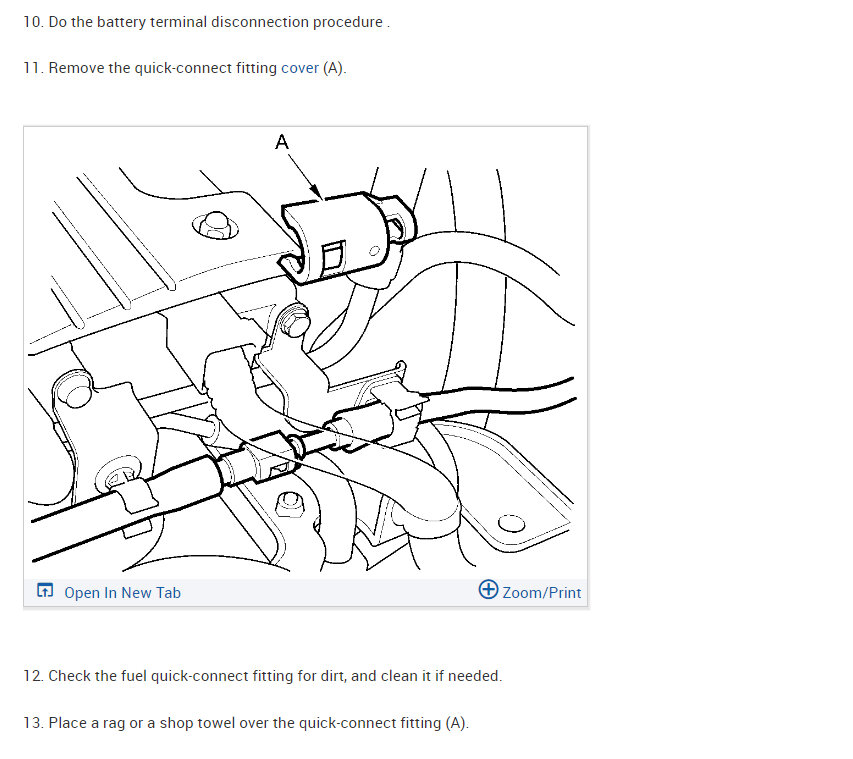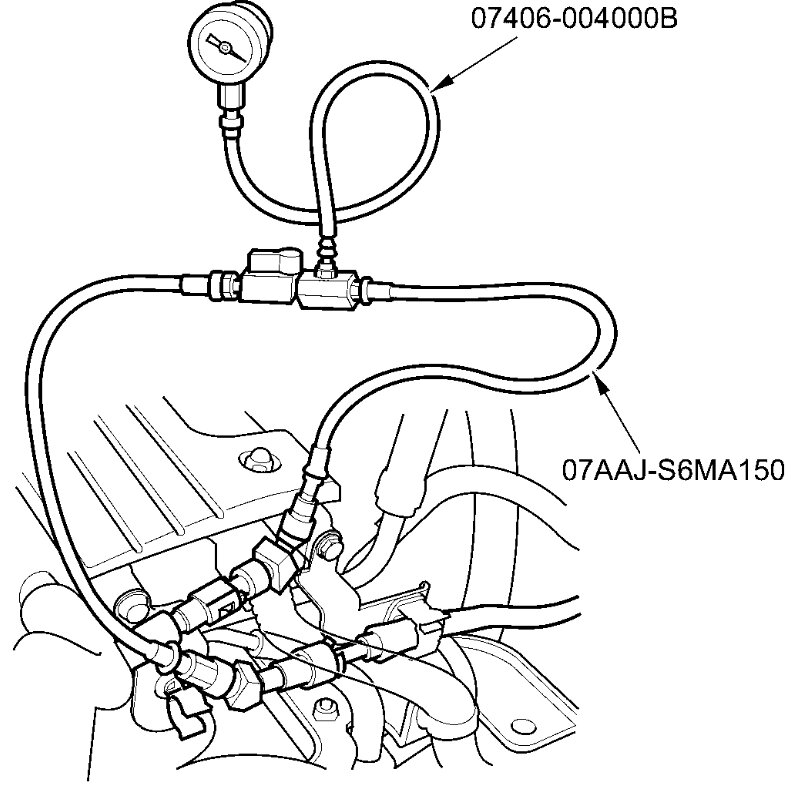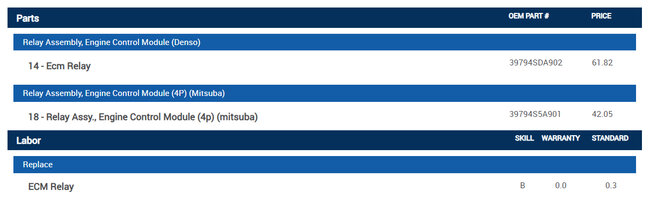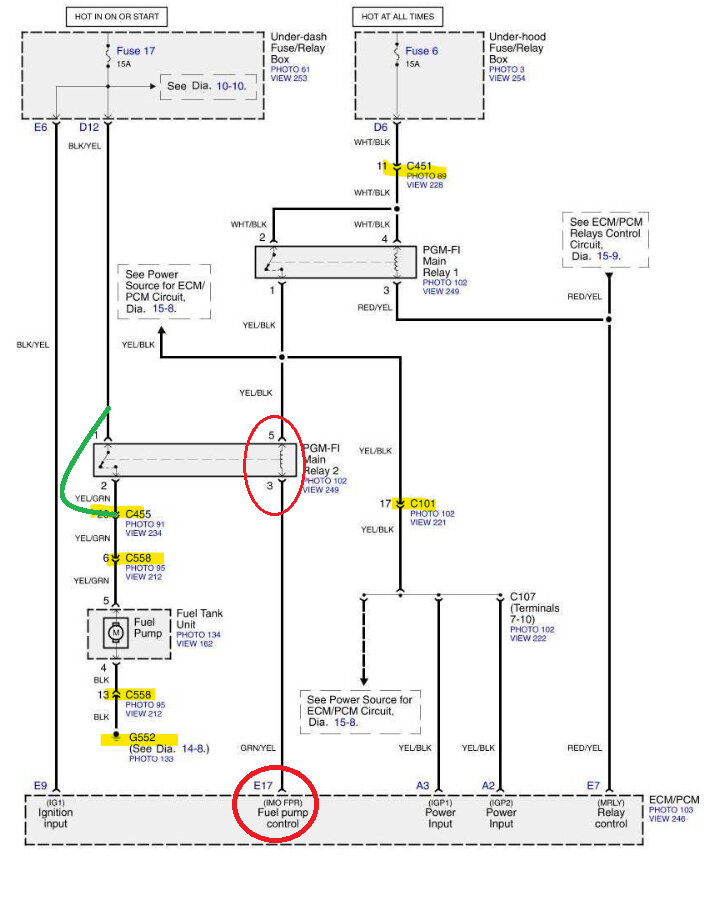Okay, I contacted some other technicians as well on this case, and they said the same thing, to check on how much current the fuel pump is drawing, possibly overheating the circuit and hence the relay. The relay contacts that close, which is the load side of the relay that powers the pump, those contacts are a point of resistance in the circuit which is normal, they open and close which you saw when you took it apart. Do you notice if the relay pins look overheated, discolored or anywhere on the relay where the plastic bubbled up from heat? The vehicle does have super high mileage. A fuel pump with lower-than-normal resistance will cause more current to flow but usually cause the fuse to blow, but if the relay is not making good contact at the pins, that's resistance in the circuit and would cause it to overheat. I just don't want to see you replace the ECM and relay, just for it to burn up again.
The Powers and Grounds of the ECM should be load tested with a few amp lamp bulb. The fuel pump is fed by a 15amp fuse, To load test a circuit, I use a turn signal bulb set up that I know pulls 4-5amps, So I will check a wire coming directly from a fuse, not pulling that much amperage through the ECM, just checking with the ECM connector unplugged, I'll do the same to check the Grounds, I'll power up the bulb and whatever ground I'm testing will be the lamps ground. Again, not going through the ECM. So, you have to know exactly where the power is coming from and be 100% sure of what you're doing before doing load testing like this.
But check the fuel pumps current draw first and see what's that is, also get a relay that is the correct resistance. Go to a Honda dealership and explain what happened so they can give you a decent relay, and then I can walk you through checking all the ECM powers and grounds before replacing it. The dealership might have some suggestions for you as well.
This is the response from the other tech. But it sounds like the shorted relay probably burned out the transistor that grounds the relay control side. If you want to check fuel pressure, the spec is 48-55psi. On this fuel system you have to T a fuel pressure gauge into the fuel line.
But with this high mileage, you're going to start running into one issue after another unfortunately. I see this a lot and work on a lot of really high mileage vehicles. Let me know what you find, and we'll go from there. Here are a couple guides and the relay OEM part numbers, but I think something else is going on here.
https://www.2carpros.com/articles/how-to-check-fuel-system-pressure-and-regulator
https://www.2carpros.com/articles/signs-of-a-clogged-fuel-filter-in-your-car-symptoms-to-watch
Images (Click to make bigger)
Wednesday, February 28th, 2024 AT 8:09 PM
